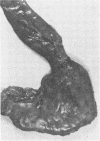Abstract
An account is given of four cases of myasthenia gravis in the dog. All animals showed fatigue, and considerably reduced tolerance to exercise. Recovery followed rest or treatment with neostigmine. Three animals, two of which are still alive, had dilatation of the oesophagus. The fourth eventually died from an aortic body tumour. The occurrence of myasthenia in the dog may be of value in elucidating the cause of the disease in man.
Full text
PDF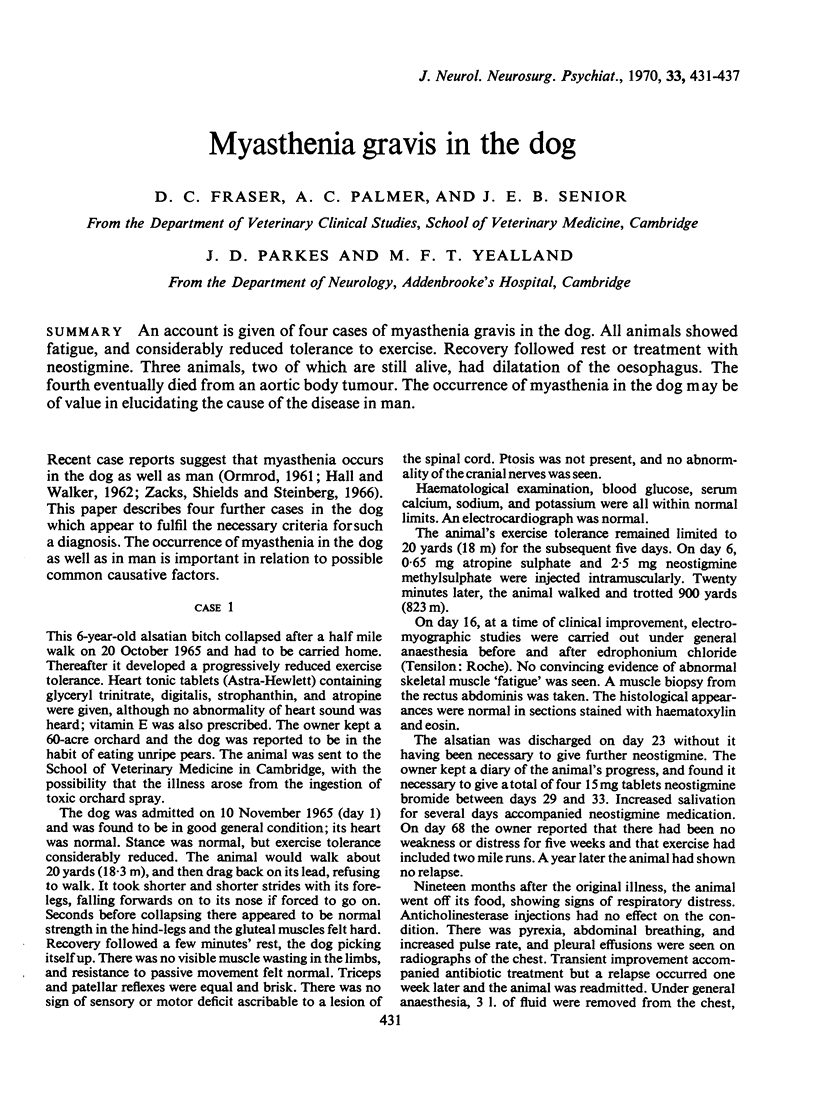
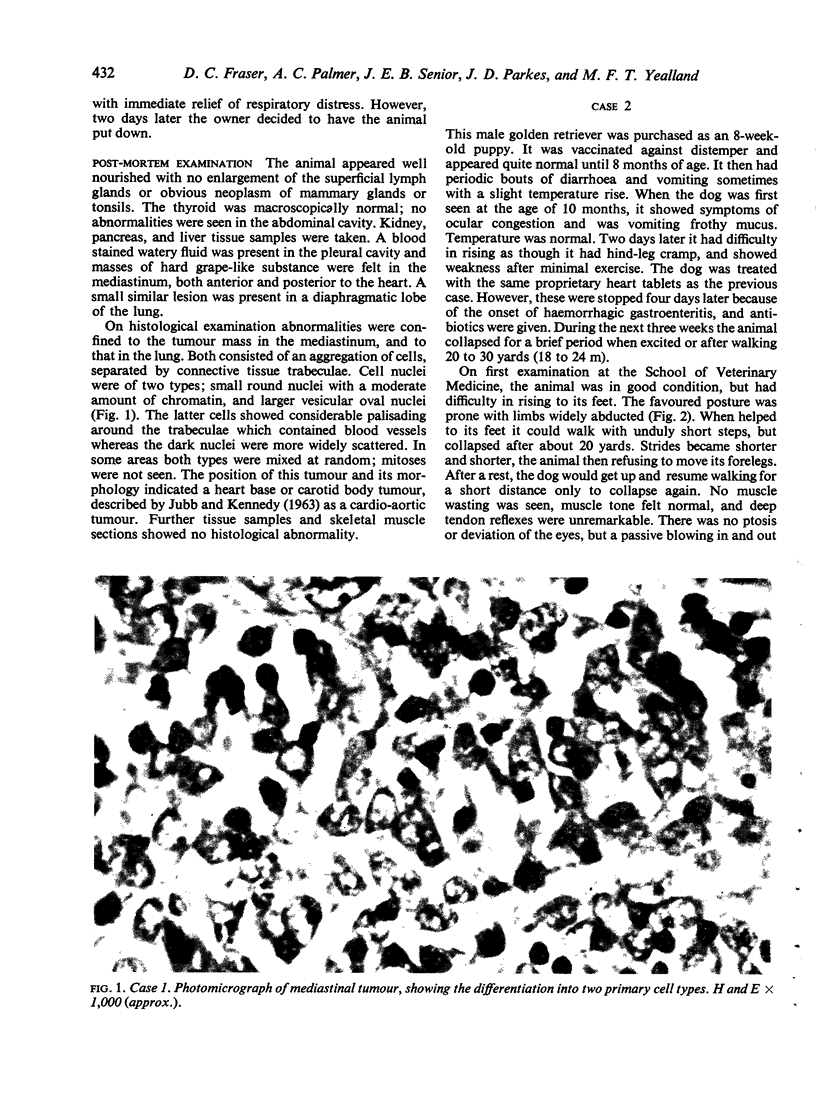
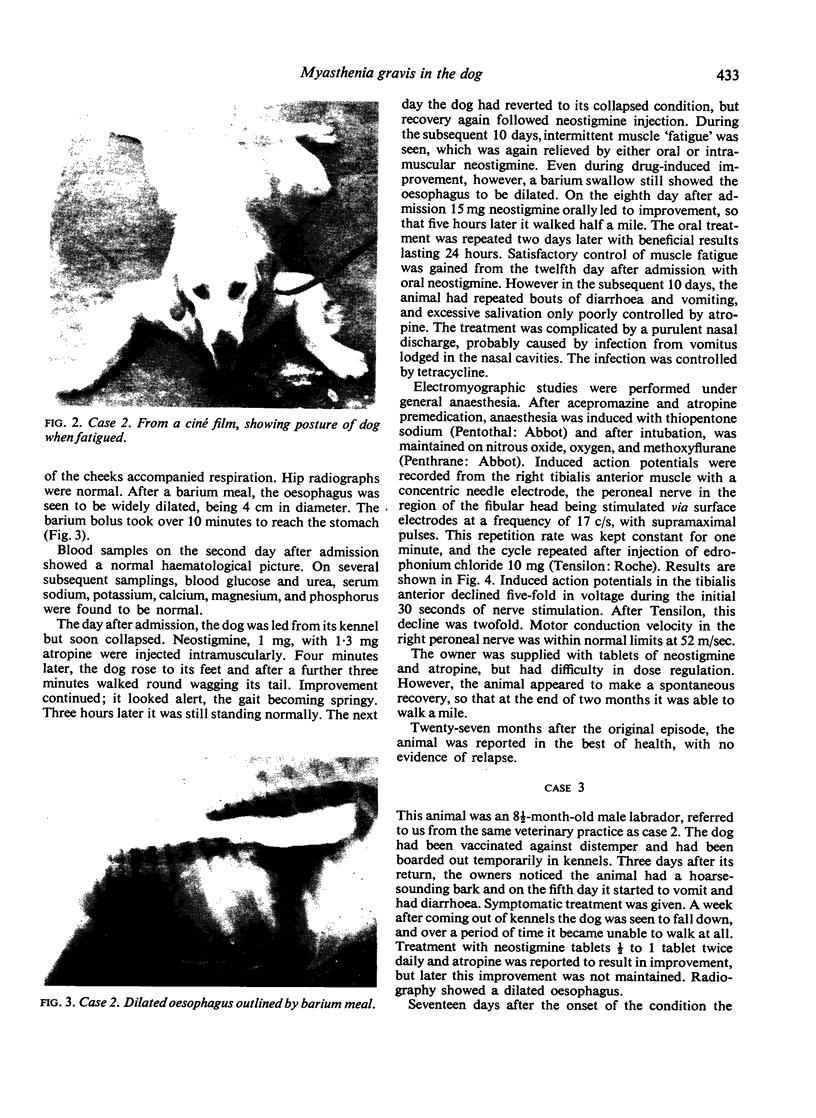
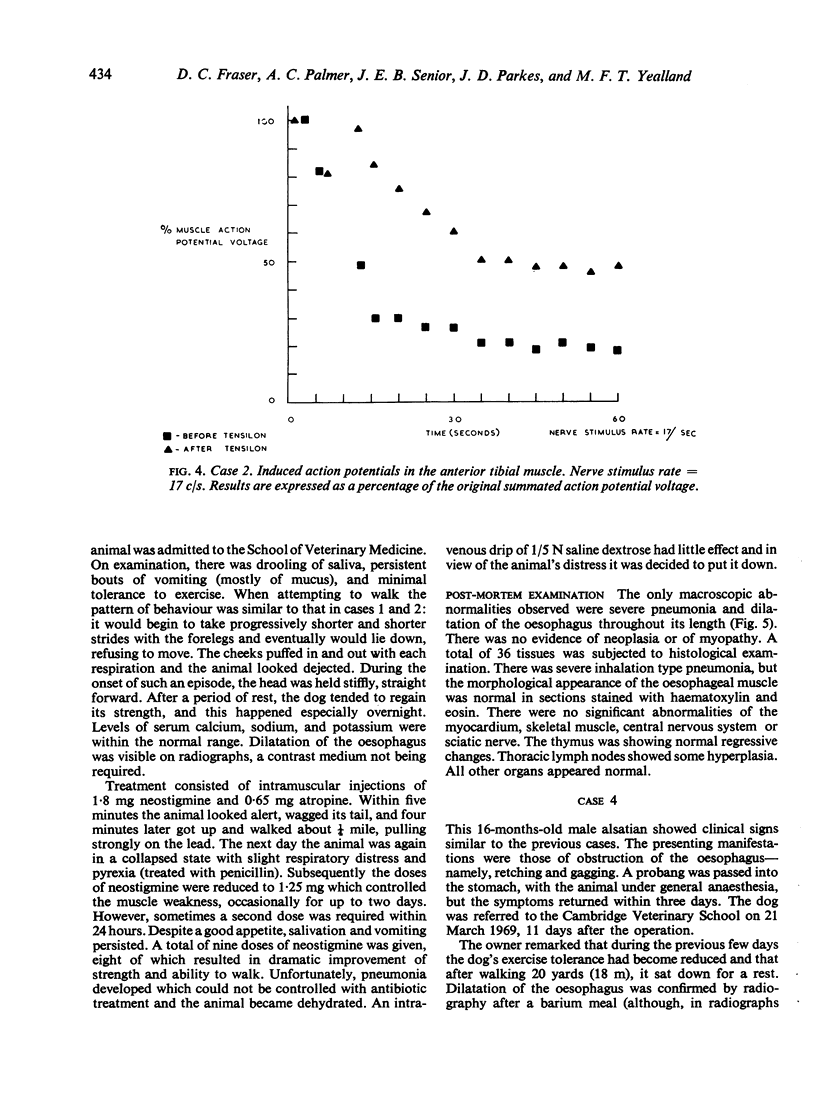
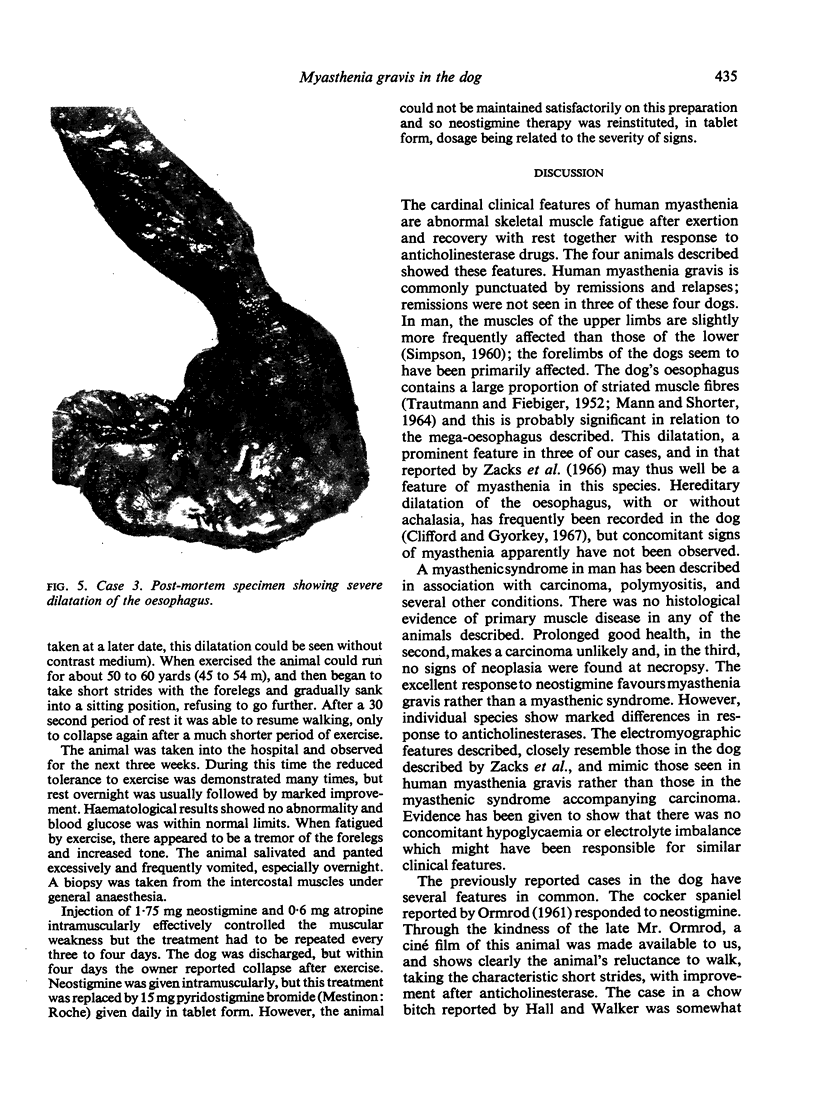
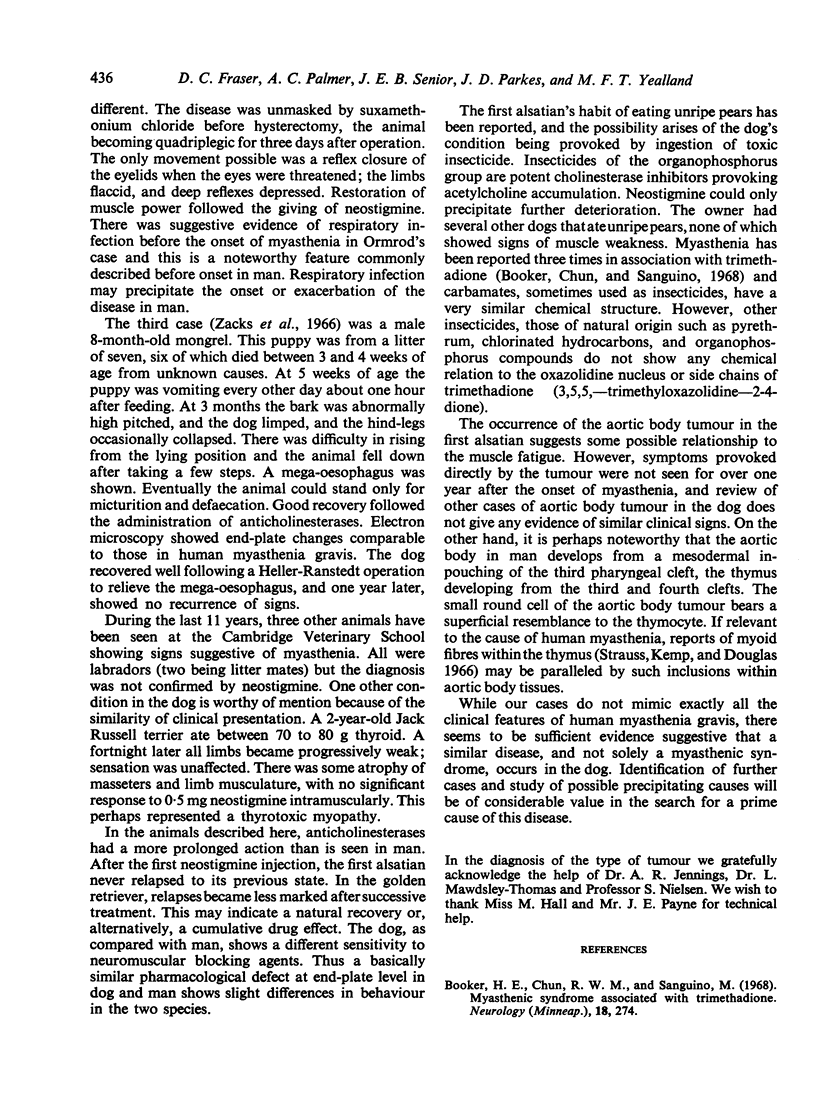

Images in this article
Selected References
These references are in PubMed. This may not be the complete list of references from this article.
- Booker H. E., Chun R. W., Sanguino M. Myasthenic syndrome associated with trimethadione. Neurology. 1968 Mar;18(3):274–274. [PubMed] [Google Scholar]
- Clifford D. H., Gyorkey F. Myenteric ganglial cells in dogs with and without achalasia of the esophagus. J Am Vet Med Assoc. 1967 Jan 15;150(2):205–211. [PubMed] [Google Scholar]
- MANN C. V., SHORTER R. G. STRUCTURE OF THE CANINE ESOPHAGUS AND ITS SPHINCTERS. J Surg Res. 1964 Apr;4:160–163. doi: 10.1016/s0022-4804(64)80104-9. [DOI] [PubMed] [Google Scholar]
- Strauss A. J., Kemp P. G., Douglas S. D. Myasthenia gravis. Lancet. 1966 Apr 2;1(7440):772–773. doi: 10.1016/s0140-6736(66)90931-7. [DOI] [PubMed] [Google Scholar]
- Zacks S. I., Shields D. R., Steinberg S. A. A myasthenic syndrome in the dog: a case report with electron microscopic observations on motor end plates and comparisons with the fine structure of end plates in myasthenia gravis. Ann N Y Acad Sci. 1966 Jan 26;135(1):79–97. doi: 10.1111/j.1749-6632.1966.tb45465.x. [DOI] [PubMed] [Google Scholar]






